A flatbed truck carrying two severely damaged vehicles rolls slowly by as we stand chatting on a concrete apron outside the headquarters of Fellten, an EV technology company based in Yate, near Bristol.
Your first impression might be that these sorry vehicles have come to their last resting place, but not so. Instead, they’re beginning a second life every bit as useful as the first.
The cars are electric cars, specifically a Ford van and a Tesla Model 3 saloon, and they’re about to donate their most vital organs – their traction batteries – to a new, rule-changing project that promises to do more for cleaning the environment than all the ZEV mandates you can climb over.
These batteries will join other second-lifers in a new-tech Fellten high-voltage battery pack called Charge Qube, a 10ft ISO-certified corrugated steel container that can be moved singly or in groups wherever you want on the back of a truck.
It comprises an array of up to six second-life car batteries to provide affordable juice for electric cars where full-on grid connection is either difficult, inconvenient, too expensive or impossible.
According to Fellten co-founder Chris Hazell, whom we visited at Yate to hear the story, Charge Qube is the first product in his six-year-old company’s already busy history that isn’t “passion driven” by a simple love of cars.
But he also believes Fellten’s exotic history of electric car creation has proved there is a powerful need for just such a product.
Fellten started life under the name Zero EV in 2018, and it has rapidly become part of that group of small but prolific technology companies on which this country bases its claim to be a leader in advanced EV technology.
Hazell says he started messing with electric vehicles having built some potent combustion-engined cars in his youth, when he discovered that “everything had been done”.
Everyone was running into the same performance limits, he says. If you built anything super-special it would probably be unreliable and use too much fuel, so it couldn’t be used as a daily driver.
Hazell’s career in large-scale power management started early. First he worked in stage electrics but soon graduated to big stuff.
During the 2012 London Olympics, he was put in charge of keeping 650 generators healthy. The much-praised opening ceremony alone needed power from eight massive generators mounted on barges in the middle of the Thames.
Hazell did events such as the Glastonbury Festival in summer, then he travelled around the country in winter supervising power systems for temporary ice rink installations.
A dalliance with a business called Ramp It Up (which rented car ramps and tool sets to DIYers) lost money, but Hazell says it taught him plenty about running a business – stuff like PAYE and business rates – and about building cars.
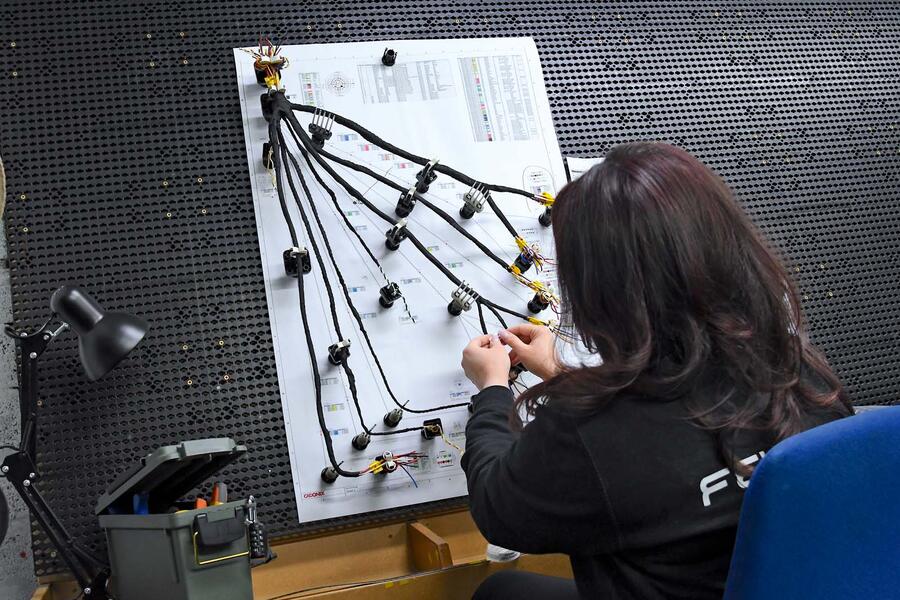
His first electric car was a Skyline R32 stunt car (find it on YouTube), and another was a Tesla-engined split-screen Volkswagen camper.
That led to the creation of a trio of electric stunt cars for a Macau casino – they didn’t like the noise and the exhaust gases of ICE cars – and a realisation that film-makers (via YouTube again) often preferred EVs in some situations because they were quiet and could be used indoors. Fellten had the know-how and was happy to oblige.
“The film industry was good for us,” says Hazell. “We built the powertrains, and their engineers put them in the cars. The co-operation was great. They were mostly motorsport engineers and standards were high.
"We had to run hard to keep up, but we learned fast.” Covid lockdowns also helped. The YouTube audience for a Fellten Mazda MX-5 converted to battery power was massive – and good for business.
“We were the first in the business to talk about the insides of our batteries and show them,” says Chris Skelton, who runs the company’s training arm. “Others presented their technology as a black box to hide the magic, but we show everything.
"It pays dividends to be open and honest; the only exception is if a client has protected their work with an NDA [non-disclosure agreement].”
As a follow-on from the YouTube success, Fellten began making cars for Top Gear, including an 80mph, four-wheel-drive electric ice-cream van called Mr Nippy. One of eight Batmobiles used in a recent film had a Fellten EV powertrain, and BMW ordered six electrified traditional Minis for an anniversary celebration and then allowed Fellten to use its design for customers – so far they’ve made about 200.
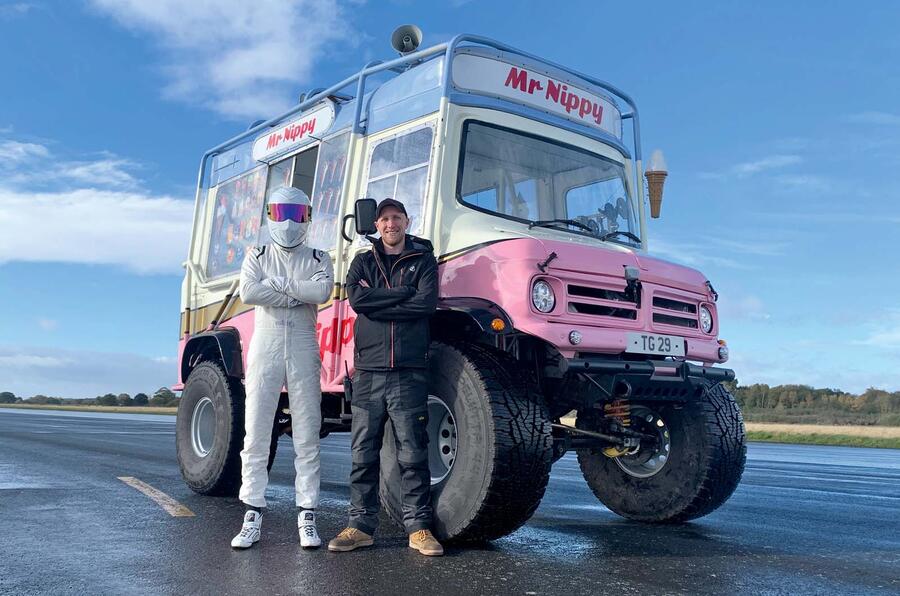
One yellow G-plate Mini, still at Yate, was subsequently and famously used by Mr Bean, Rowan Atkinson’s madcap comedy character.
Fellten was by now using its burgeoning knowledge to build EV conversion kits for other classics, principally Minis, Land Rovers and Porsche 911s. That business was healthy for a while, but the number of buyers seemed finite.
Demand waned as Hazell knew it would: he was already poised with plans to embrace bespoke battery manufacture – for customers’ converted cars, boats and even experimental aeroplanes.
It was profitable and remains so; rivals have got better at integrating technology but are still reluctant to build their own batteries. Skelton offers training courses from four hours (awareness) to four days (diagnosis and rectification). This part of the Fellten business started early in the 2020s and is still well patronised.
It was never intended to be wildly profitable, but more to encourage recruits into a subject area where Fellten bosses reckon there’s far too little knowledge and to raise awareness of Fellten products among those who will use them.
However, all of this now looks like a mere launchpad for the container-sized Charge Qube, the EV charging hub solution that Skelton reckons could lead beyond 2030 to a worldwide ‘fleet’ of 3000-4000 hired hubs deployed around the world, perhaps as far away as Africa and Australia.
The company has built and tested prototypes and is now aiming to raise an initial £5 million from investors to kick-start a new division of its business.
Under the current design, every Qube can contain up to 450kWh of power and charge up to 10 vehicles simultaneously via Type 2 chargers delivering power at a typical 7kW home-charger rate.
Soon there will be versions capable of rapid-charging two vehicles via CCS connectors at up to 240kW. Hazell is especially bullish about the contribution the Qube can make to pollution caused by vans and trucks.
“Private cars aren’t used for 97% of their lives,” he says, “but commercials are much busier. Qubes – which are designed to be installed without planning permission – can power fleets from their depots then recharge at cheap rates overnight, or from wind or solar sources. It’s a big benefit for cars, but I think the benefit for vans will be huge: it will encourage businesses to change their fleets.”
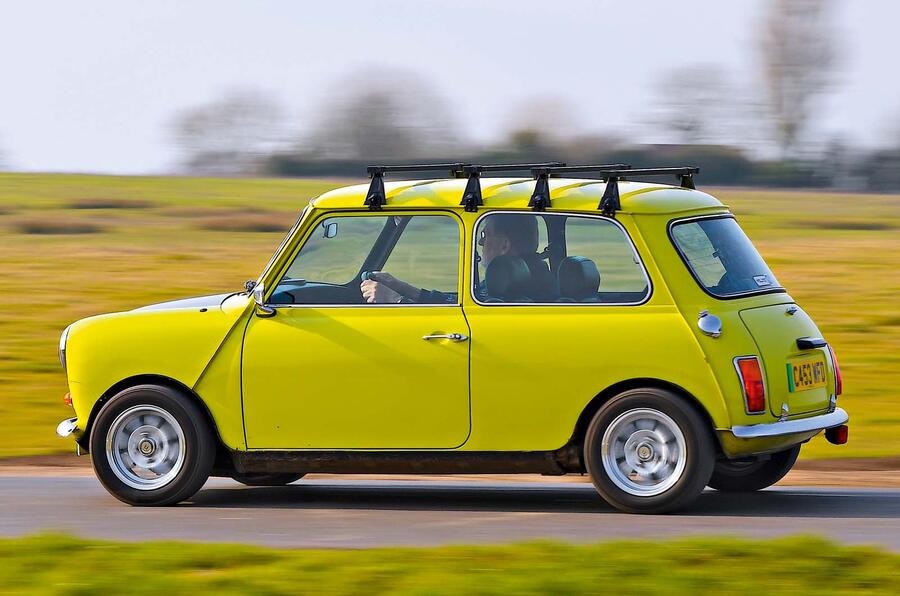
What with battery manufacture, EV system design, replacement powertrains, training and the mighty Qube, you could say Fellten was pretty well covered for most electric car aspects, but Hazell sees two more: the invention of a 20-30kWh module to be carried by a vehicle that needs its range to be temporarily extended, and full-on recycling. The former will come soon, he reckons: Fellten has already started inventing it.
Recycling is more problematic, he believes. The conventional view is that recyclers will recover lithium and profitably use it again, but Hazell isn’t so sure. “I believe there will be a long-term move away from lithium in batteries – lots of work is being done on that,” he says.
“When it comes, I’m not so sure lithium batteries will have the value people think. We’ll give them a second life, but I’m not sure we’ll want to shred them.”
For a person who came from the big-cubes petrolhead culture, Hazell is almost the complete convert to EVs – although he does still harbour a not-so-secret desire to build a DeLorean hybrid with a V8 engine in the back.
“Covid had a big effect on me,” he says. “Everything stopped and the weather got better; dolphins started swimming through Venice. That made me think we’re not doing enough to make things better. Charge Qube is something I can do now, to make things a bit better. It can help change the game.”

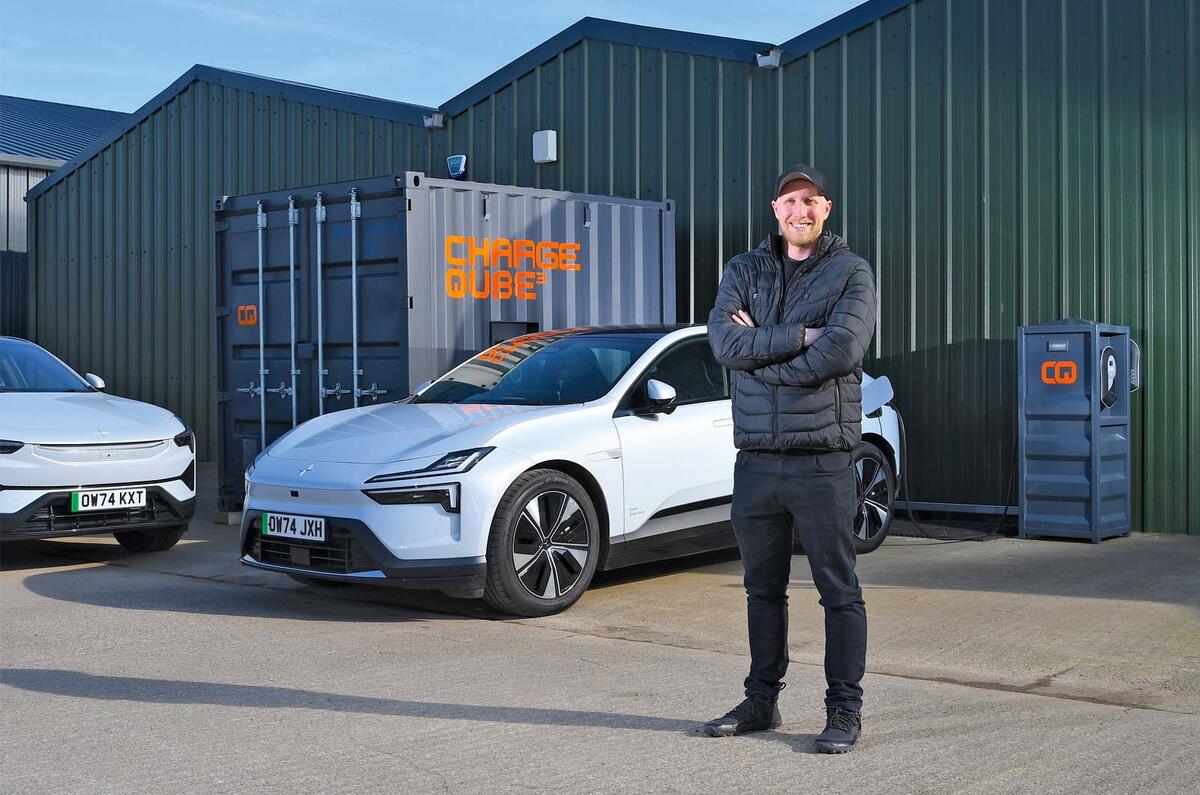

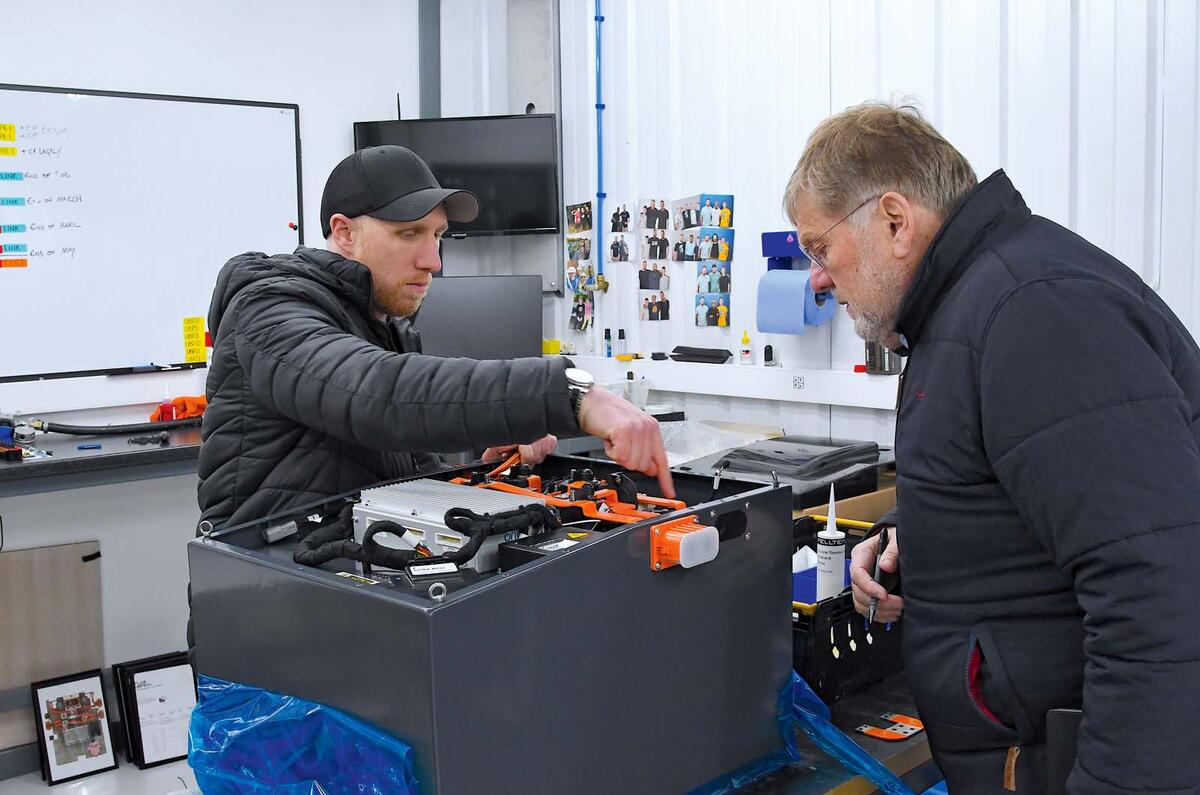

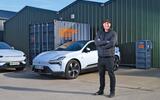






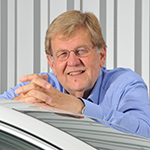




Join the debate
Add your comment
In theory a great idea about what about battery decay? These second hand batteries are probablu running at 50-70% of their original capacity and as they get used in this container decay even more. Or have I missed something? Then when his batteries really are at the end of their life then it needs recycling which he dismisses, lithium recovered isn't just used for car batteries but nearly every electronic device has a lithium battery these days!
Lithium is cheap and plentiful.
The recycling angle for electric cars (other than this type of re-use) is still just pure fantasy more than a decade into widespread EVs. It was just a made up lie repeated ad-nauseum that these thing would be gold dust at the end of life and that companies would be clamouring for them.
The recycling just doesn't exist - and when people do start to try it, the challenge of processing the dozens of chemistries in hundreds of different vehicles (with it not even being consistent across one model) will be formidable.
We're still a decade away from EVs being the solution.
That’s actually not the case anymore. Companies like Redwood Materials in the US and firms in the UK like Recyclus Group are already recycling batteries — EV and otherwise — and recovering +95% of the raw materials. These go straight back into manufacturing, (cuts mining and shipping heavy minerals across the world). It's growing fast, with new jobs and local industry being built around it.
As for the different chemistries, larger recyclers can handle that, no problem.
Actually, used/end of life EV's batteries average 88% health, with typical loss at 3% in year one, then ~1% yearlyafter that. Far from being 50–70%, they’re often still in great shape and outlast the car itself.
These batteries can be reused for 5–10 years in energy storage — no mining, manufacturing, or overseas shipping needed. And when they're finally done, they can be recycled back to raw materials. A clear win-win-win.